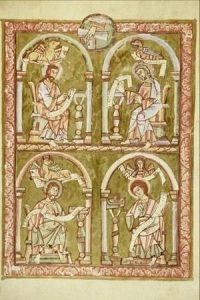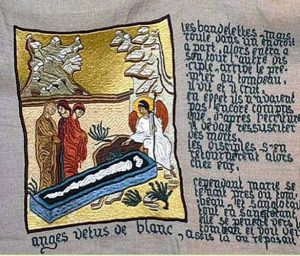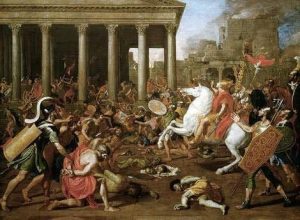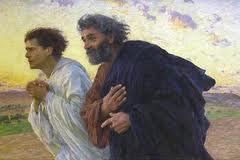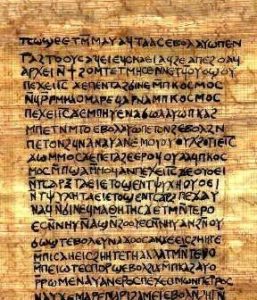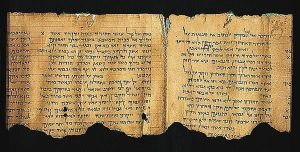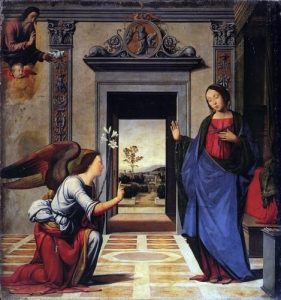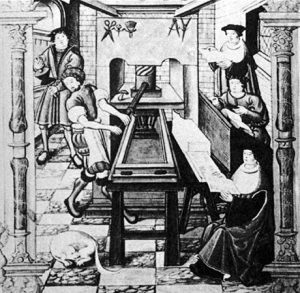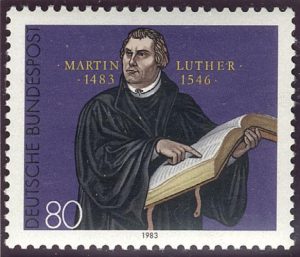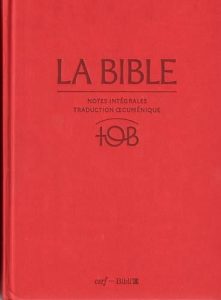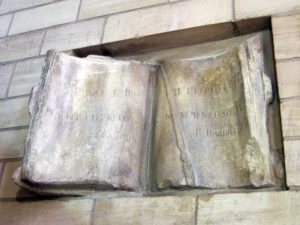What do we find in the New Testament ?
The New Testament consists of twenty seven books divided into four sections :
- The Four Gospels, which deal mainly with Christ’s life and ministry. They are attributed to the authors Matthew, Mark, Luke and John but were in fact written by a number of authors. Each one portrays Jesus, his teaching and his words against the background of the author or authors.
- The Acts of the Apostles, which are attributed to Luke tell us how the apostles spread the Gospel worldwide, from Jerusalem to the farthest parts of the Roman Empire, converting both Jews and non-Jews to the new faith in Jesus Christ.
- The Letters and Epistles grouped together by author, actual or presumed. Amongst these can be found Paul’s letters, which are the oldest Christian documents in existence (from A.D.50 to A.D.65). They were written to communities in the main towns of the Mediterranean basin to help them reconsider their way of life from a Christian point of view and to give them support in dealing with topical issues.
- The Book of Revelation, an important work written in the apocalyptic style, in order to sustain the faith of believers in times of hardship, at the end of the world and at Christ’s return. It was written in the political context of the Roman Empire when it was compulsory to adhere to the religion and culture of the State (towards the end of the first century A.D.).
The New Testament was written in Greek, the everyday language of the inhabitants of the Mediterranean Basin.
The New Testament was written because of three major crises
These were :
- Jesus’ death in 30 A.D., which made his whole life appear a failure to his disciples, who had after all put their faith in him and left all they had to be his followers. However, things changed when they discovered his tomb was empty and they believed that God had raised Him from the dead. A new beginning seemed possible. Their proclamation “Jesus was dead and rose again” is at the heart of the Gospel. It is the foundation of all the other texts in the New Testament.
- The persecution of some of Jesus’ disciples when they proclaimed the Good News of the resurrection. They had to leave Jerusalem, but continued to spread the Gospel to Jews and non-Jews alike.
- The death of founder members of Christianity during the 60’s and the destruction of the temple in Jerusalem by the Romans in A.D.70, meant it was important to keep on record eye witness accounts of what Jesus had said or done and all the more so because both Jews and Christians were suffering from intense persecution. Christian converts from Judaism were barred from synagogues. From now on, it became necessary for Christians to have written texts so they could maintain and pass on the basis of their true identity.
The New Testament canon
Until the 2nd century there were many texts in circulation which had been written by the early Christian communities. Progressively, some were rejected as the early Church began to be established. The canon was made up little by little and not without discussion. However, in 363 the Council of Laodicea set out an almost definitive list of the books of the New Testament. There were still special cases though ; one example is that of the Syrian Christians who only recognized one Gospel for a long time, the Diatessaron. This work made its author, Tatien (born around 120), very well known but, sadly, today we know only a few phrases. It was a bold attempt to merge all four Gospels, and was mainly based on the sequence of events in the Gospel according to Matthew.
Today, the twenty seven books of the New Testament are the same for all Christian Churches.

